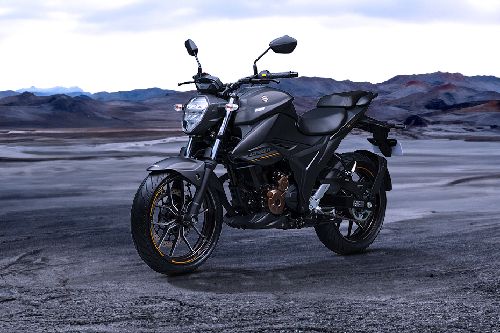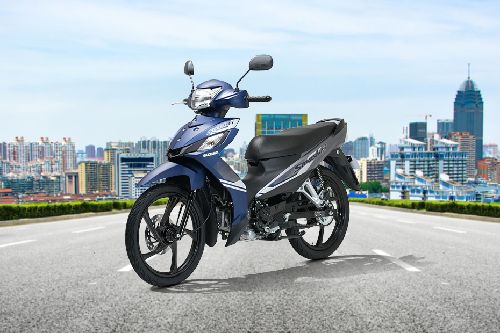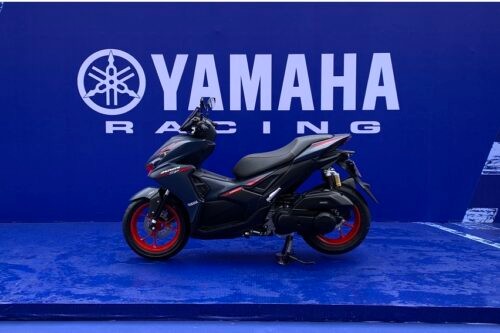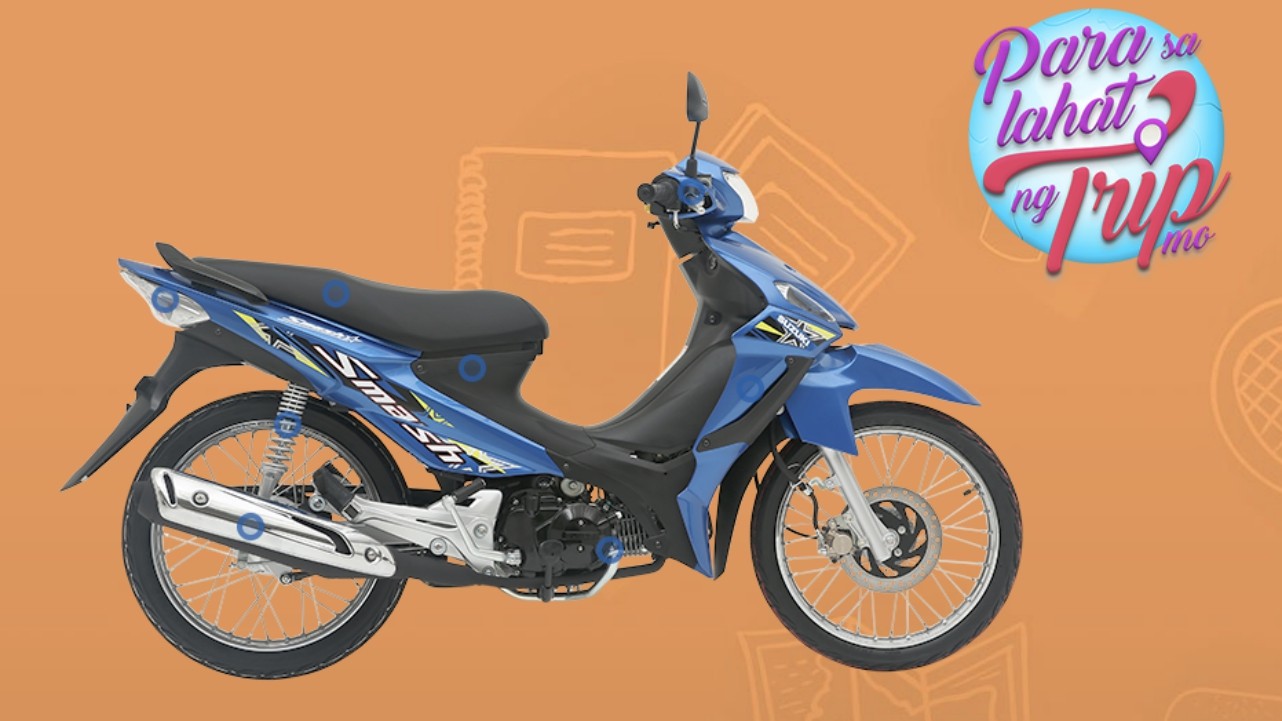Suzuki Raider 150: Maintenance guide
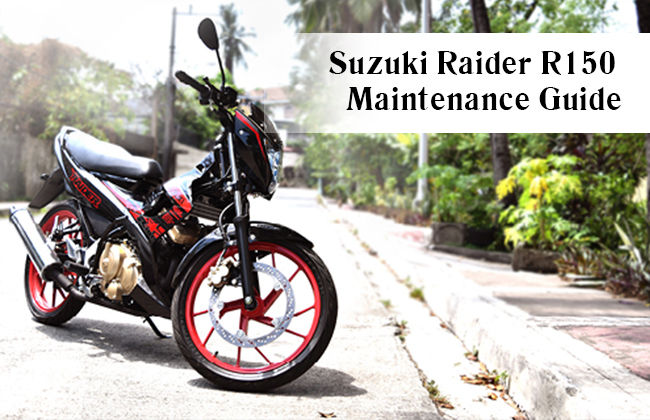
We all have at one point of the time used the cute Suzuki Raider 150. In fact, this writer ’s first encounter with a scooter was with the Raider 150. It not only is light but has an eager puppy for an engine. Every street or corner in the Philippines, you will find dozens of them and some more. Being unisex also has got it fans from the ladies too. Some use it to hawk their groceries or just carry the goods home. Other use them to drop kids off at school or likewise. While the Suzuki Raider 150 is as reliable as they get, one has to keep in mind that vehicles need timely love and care in the form of service. This can range from anything to a simple wash, oil change or to something complex like cleaning the carburettor, changing brake pads or the piston. Here is a simple guide to ensure that your Suzuki Raider 150 stays in top condition.

Every morning before starting the scooter, make sure to use the kickstart. This will ensure that the kick lever stays in ship shape if the electric start were to fail one fine day. Don’t start riding immediately after you start the vehicle. Make sure that the oil gets enough time to engulf the engine components. During this waiting period, you can clean the scooter with a cloth. Before shooting off, check the oil level by keeping the vehicle on the main stand and see that it is at the middle level. If it isn’t top-up the oil.

One also has to keep a tab on when the oil was last changed and if not, then look at the viscosity of the oil. It will tell you whether or not the oil has to be changed. Suzuki recommends oil change in every 3,000 km.

The air cleaner element of the Suzuki Raider 150 is made of paper. It has to be cleaned every 4,000 km. Usually with time, the air filter element loses its capacity to filter dust and has to be replaced. A trained eye will know when to replace the element. Suzuki says that it’s ideal that for every 30,000 km, the filter change is done. If not, one can clean it using an air hose and reuse it.

The Suzuki Raider 150 comes with a single spark plug. The first 1,000 km of the ride, one has to observe if there is any issue with the spark plug. If not, then at every 4,000 km, the carbon deposits have to be removed from the spark plug. This can be done with the help of a toothbrush or a specific machine that can clean the plug. Every 8,000 km, the spark plug has to be replaced.

Check the battery at every 4,000 km. Suzuki says that if the battery reading goes under 12.4V, then it needs charging. For the carburetor, it is ideal to check it at the first 1,000 km and thereafter every 4,000 km. One has to allow the engine to warm-up and then turn the screw and adjust the idling rpm to 1,400 rpm. The throttle cable can also be inspected during this time. If it has worn out, it needs replacement. If not, one can adjust it by turning the adjuster to get the correct slack point of 2-4mm. Before doing this, one has to loosen the lock nut. Once the throttle cable has been adjusted for the required slack, the lock nut needs to be fastened.

Suzuki recommends that the motorcycle clutch lever should have a 10-15mm play. Here also, if you don’t find it as described, then loosen the clutch nut. Make the desired adjustment with the clutch lever adjuster and then tighten the lock nut. For the front disc brake oil check, place the bike on centre stand and then check the fluid level. If it shows below half, then top it up. Ideally, after every 10,000 km, drain the entire fluid and fill in fresh one. Every 1,000km, the chain needs to be adjusted and before doing this, ensure that you wash the chain in a solvent. Wipe clean and then spray on the chain oil. Tyre pressure too should be checked every time you are ready to ride the scooter. Worn tyres lead to lesser mileage as well as compromise on the stability of the motorcycle. Replace the tyres every 40,000 km or when required.
During the monsoon, it is imperative that you keep the motorcycle properly lubed. Places or crevices where moisture may remain may be sprayed with a WD40 solvent.
We believe that these maintenance tips have helped you. Let us know in the comments section below.
Suzuki Raider R150 Related Stories
- News
- Featured Stories
Suzuki Motorcycle Models
Trending & Fresh Updates
- Latest
- Popular
You might also be interested in
- News
- Featured Stories
Suzuki Featured Motorcycles
- Latest
- Popular
Latest Suzuki Raider R150 Motorcycle Videos on Zigwheels

Suzuki Raider R150 Motorcycle Articles From Carmudi
- journal















